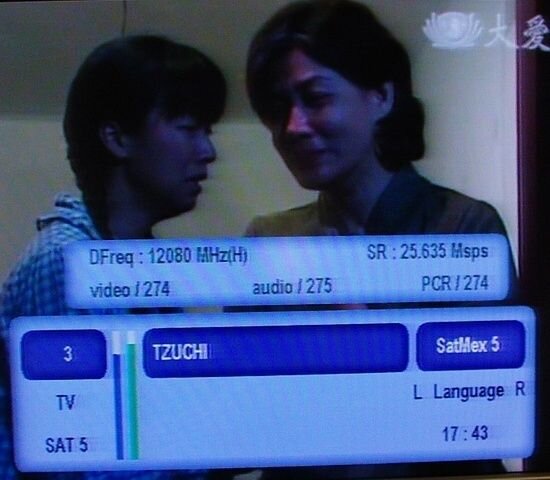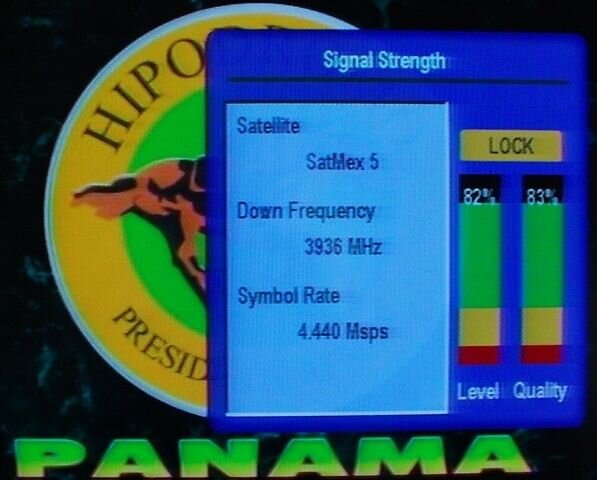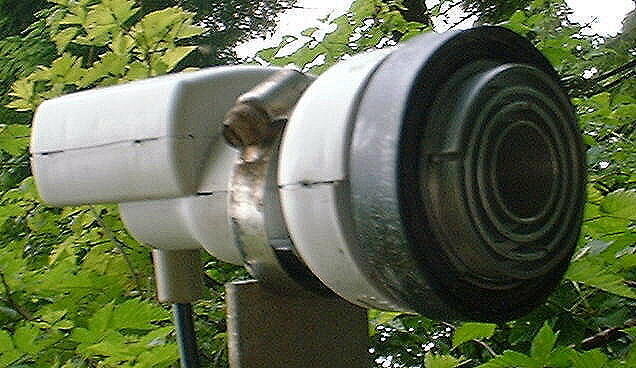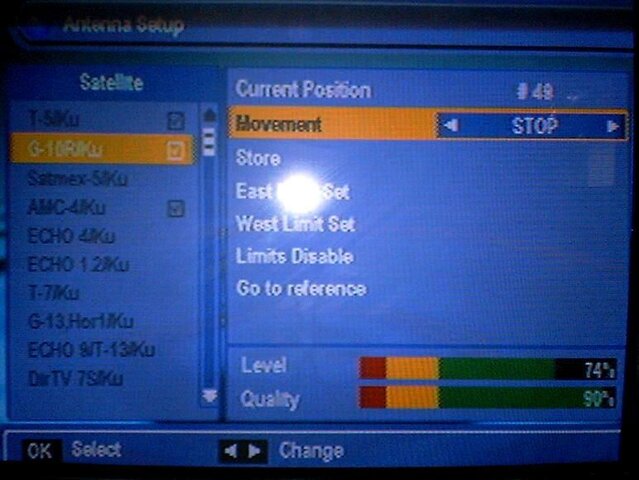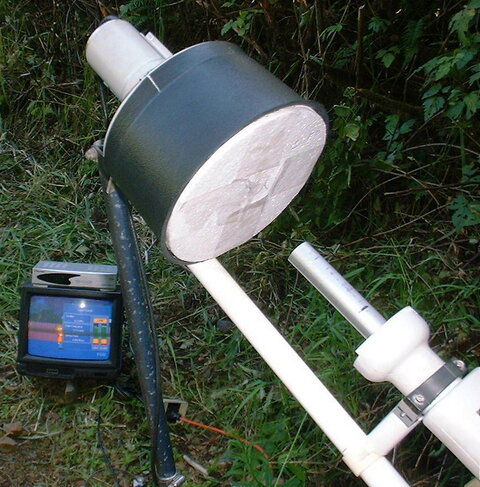Alec:
You're going to have to fabricate some kind of conical adapter. The "splasher" doesn't reflect a pin point focal point back. It's more the size of a softball or larger. I would think that the large end of the cone would have to be more the diameter of the scalar and the smaller end be slightly larger than the o.d. of your Ku feed.
Remember to leave a large gap (6" +) between the large end of the cone and the face of the scalar rings.
I believe dissection of the adapter that started this thread would reveal a foil liner inside the cone section. However, the plastic could be mad reflective with the addition of powdered metal. Fiberglass was made reflective with the addition of carbon to the moulding mixture.
The angle formed by the conical section could also be critical, although 45 degrees would be a good starting point.
Don't give up, keep trying.
Harold
You're going to have to fabricate some kind of conical adapter. The "splasher" doesn't reflect a pin point focal point back. It's more the size of a softball or larger. I would think that the large end of the cone would have to be more the diameter of the scalar and the smaller end be slightly larger than the o.d. of your Ku feed.
Remember to leave a large gap (6" +) between the large end of the cone and the face of the scalar rings.
I believe dissection of the adapter that started this thread would reveal a foil liner inside the cone section. However, the plastic could be mad reflective with the addition of powdered metal. Fiberglass was made reflective with the addition of carbon to the moulding mixture.
The angle formed by the conical section could also be critical, although 45 degrees would be a good starting point.
Don't give up, keep trying.
Harold



